Ancient medieval art midterm
1/39
Earn XP
Description and Tags
Name | Mastery | Learn | Test | Matching | Spaced |
|---|
No study sessions yet.
40 Terms
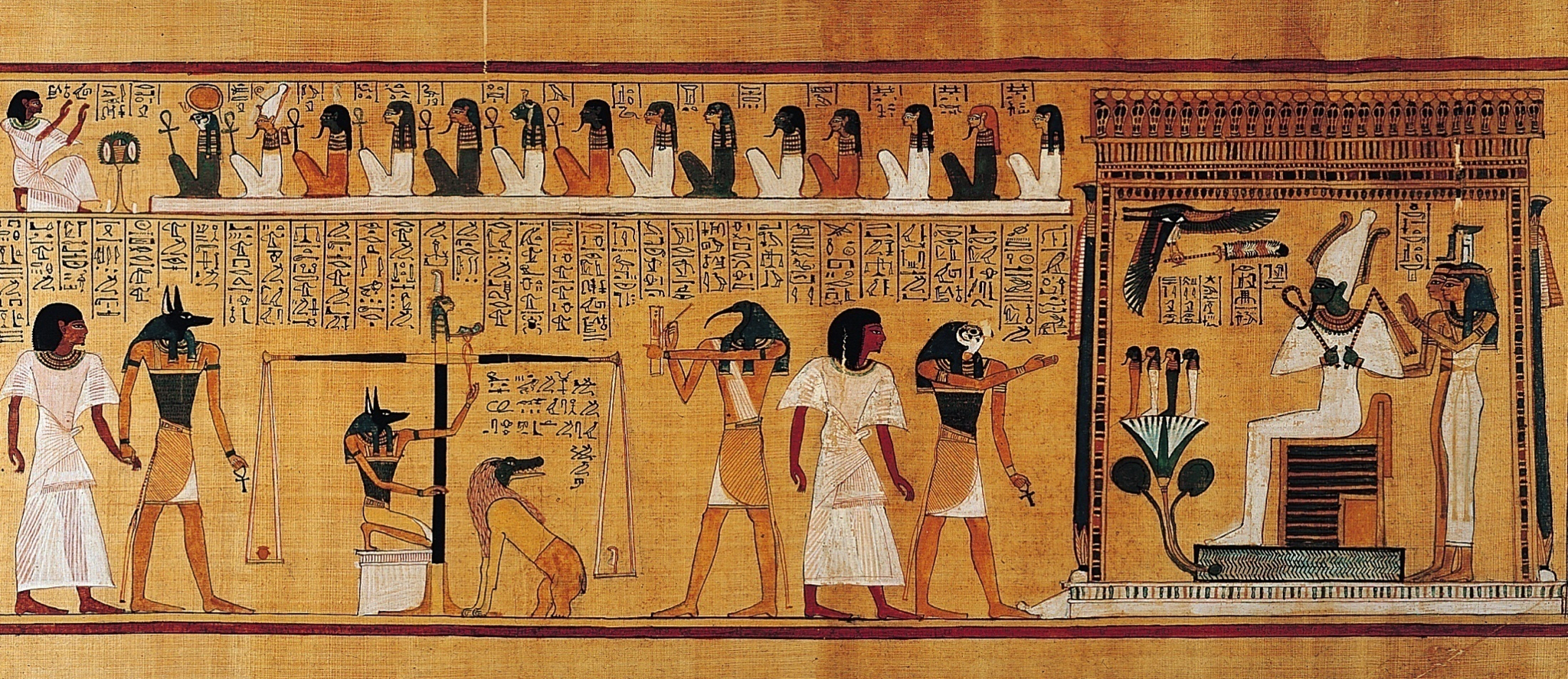
Last Judgement of Hu-Nefer
Origin: Part of the Egyptian "Book of the Dead"
Depiction: The afterlife judgement process
Symbolism: Anubis weighs the heart against a feather; if heavier, the heart is consumed
by Anuit, a minor god. If not, the soul (Ka) is presented to Ra, allowing entry into the
afterlife.
Importance: Illustrates Egyptian beliefs in the afterlife and the roles of their gods,
particularly Anubis, Anuit, and Ra.
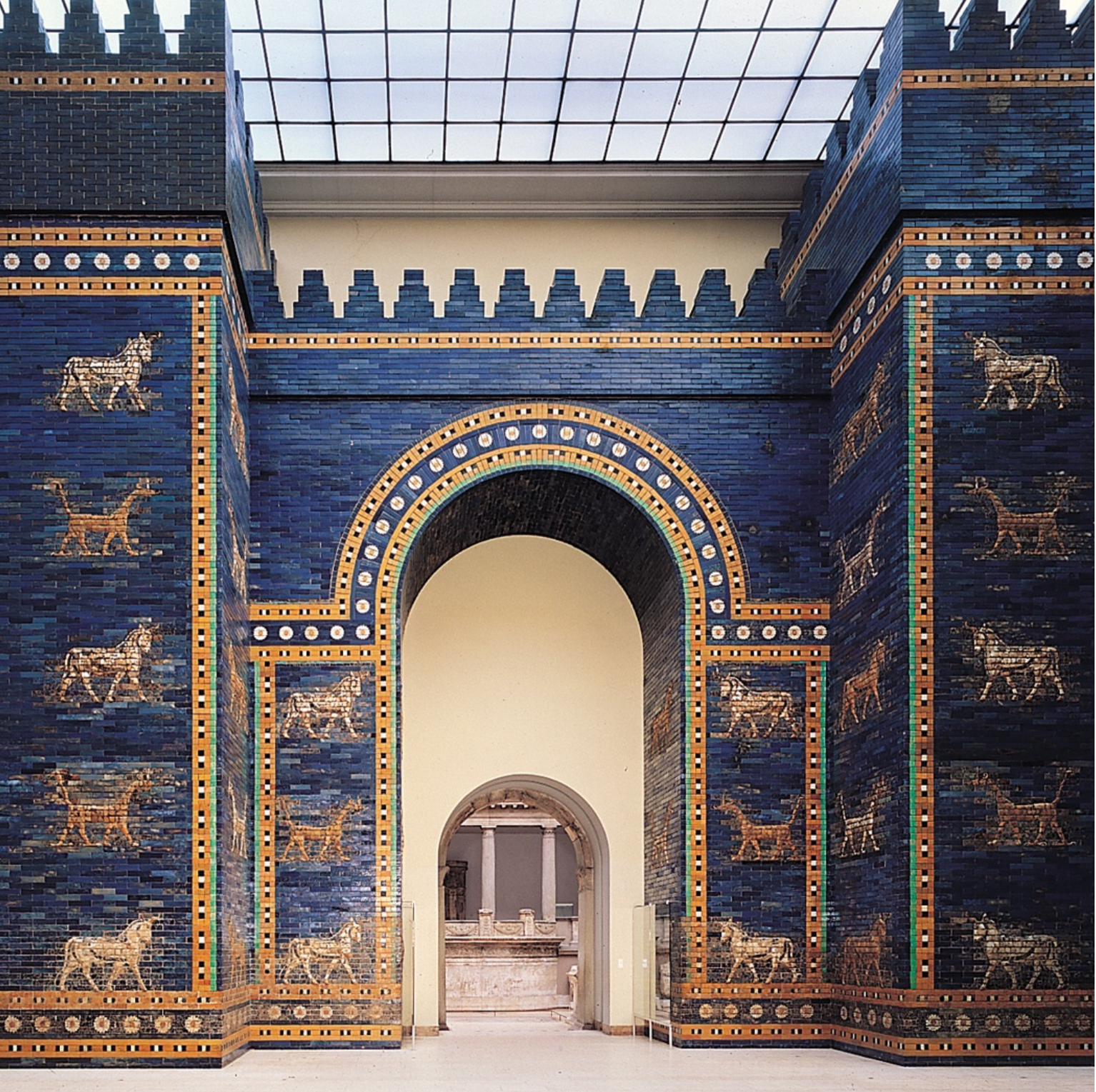
Ishtar Gate
Location: Entrance to Babylon
Construction: Comprised of individually crafted glazed bricks
Purpose: Believed to guard the garden of Babylon, adorned with depictions of both real
and mythical creatures.
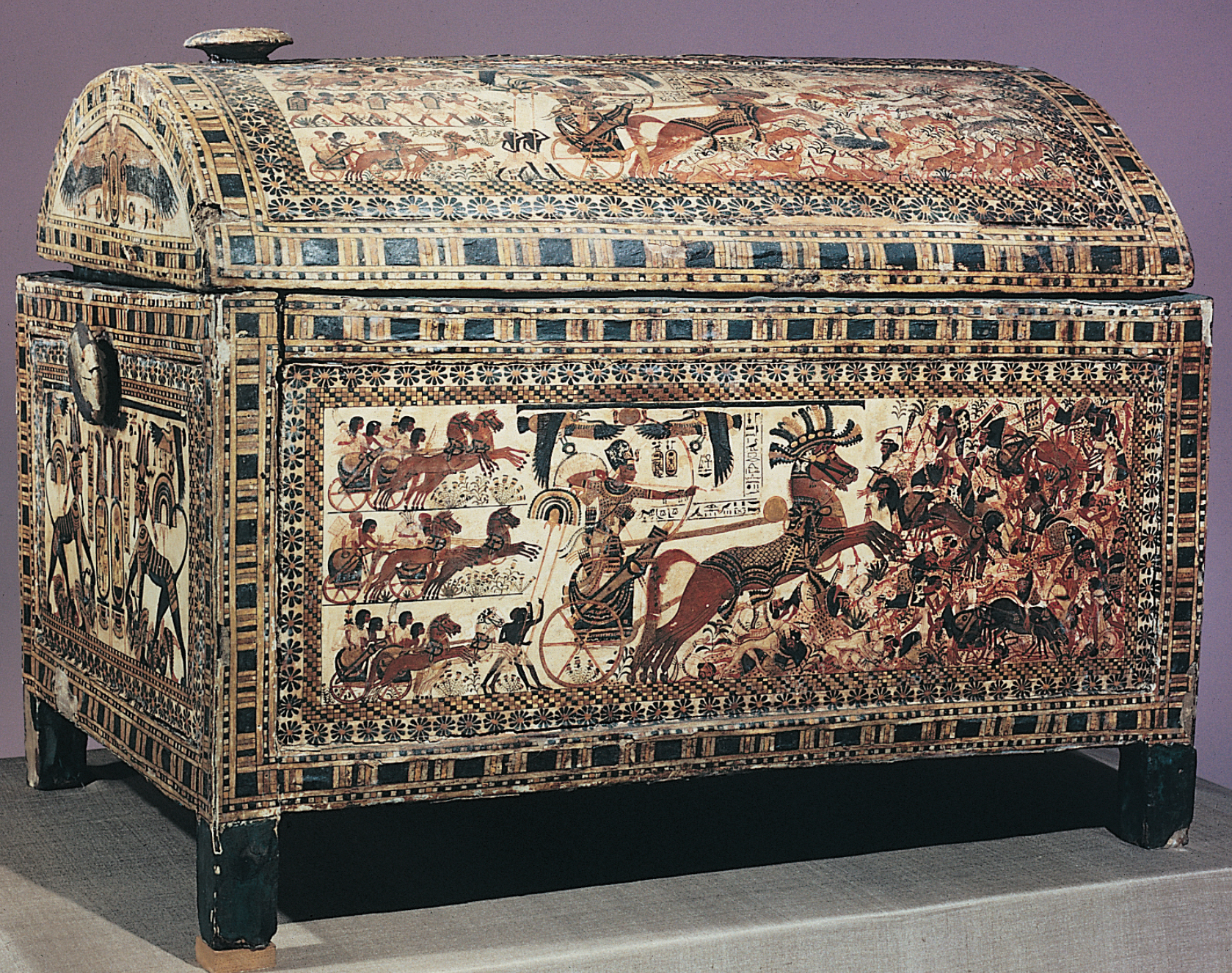
Painted Chest of Tutankhamun
Theme: Military prowess of Tutankhamun and Egypt's might
Imagery: Depicts Egyptians as orderly and their enemies as chaotic, symbolizing
superior
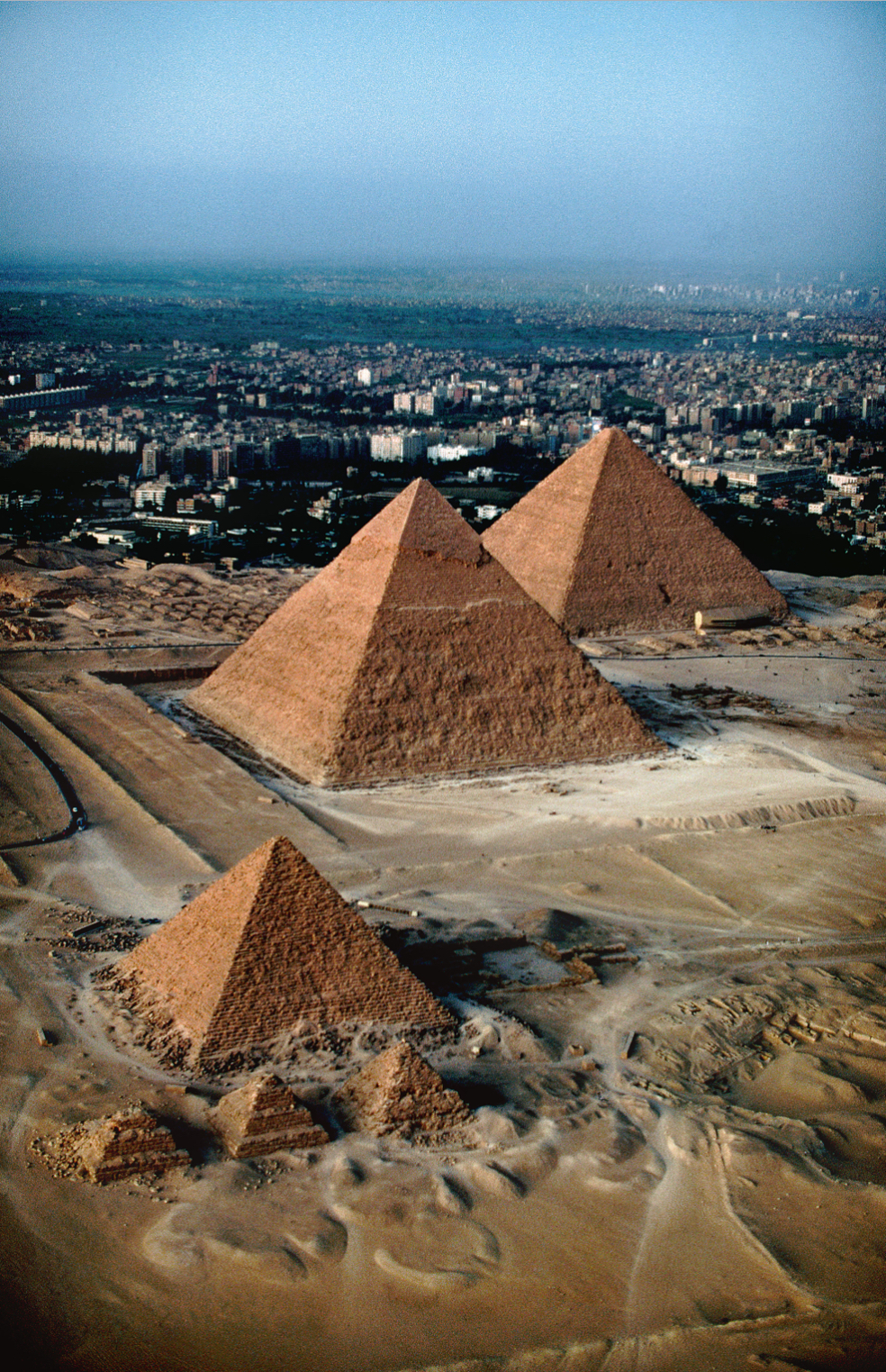
Pyramids
Purpose: Tombs for Egyptian pharaohs
Symbolism: Represented the power and status of the pharaohs, showcasing architectural
ingenuity and religious beliefs.
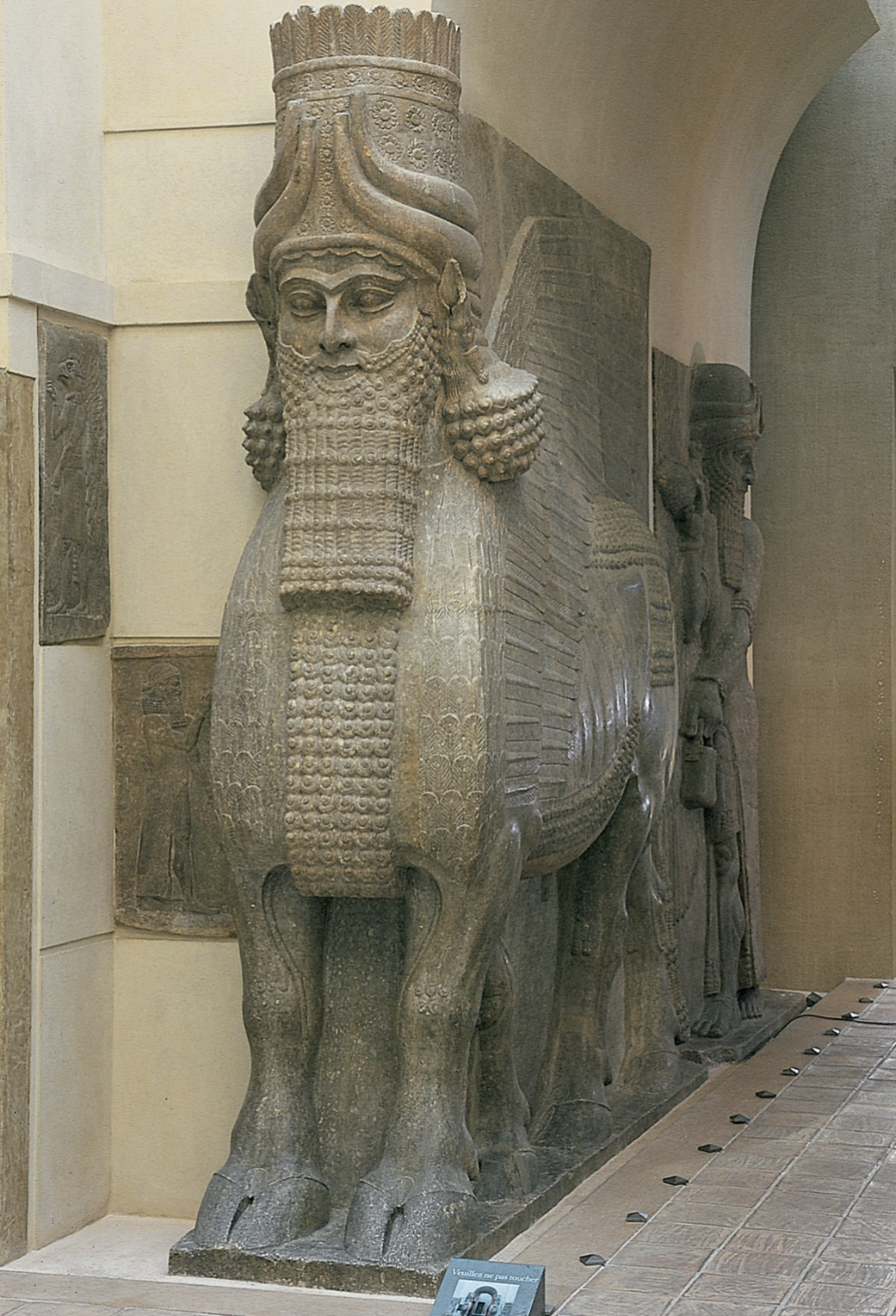
Lamassu
Features: Statues with five legs to appear motion-correct from any angle
Function: Served for intimidation, commonly found guarding gates.
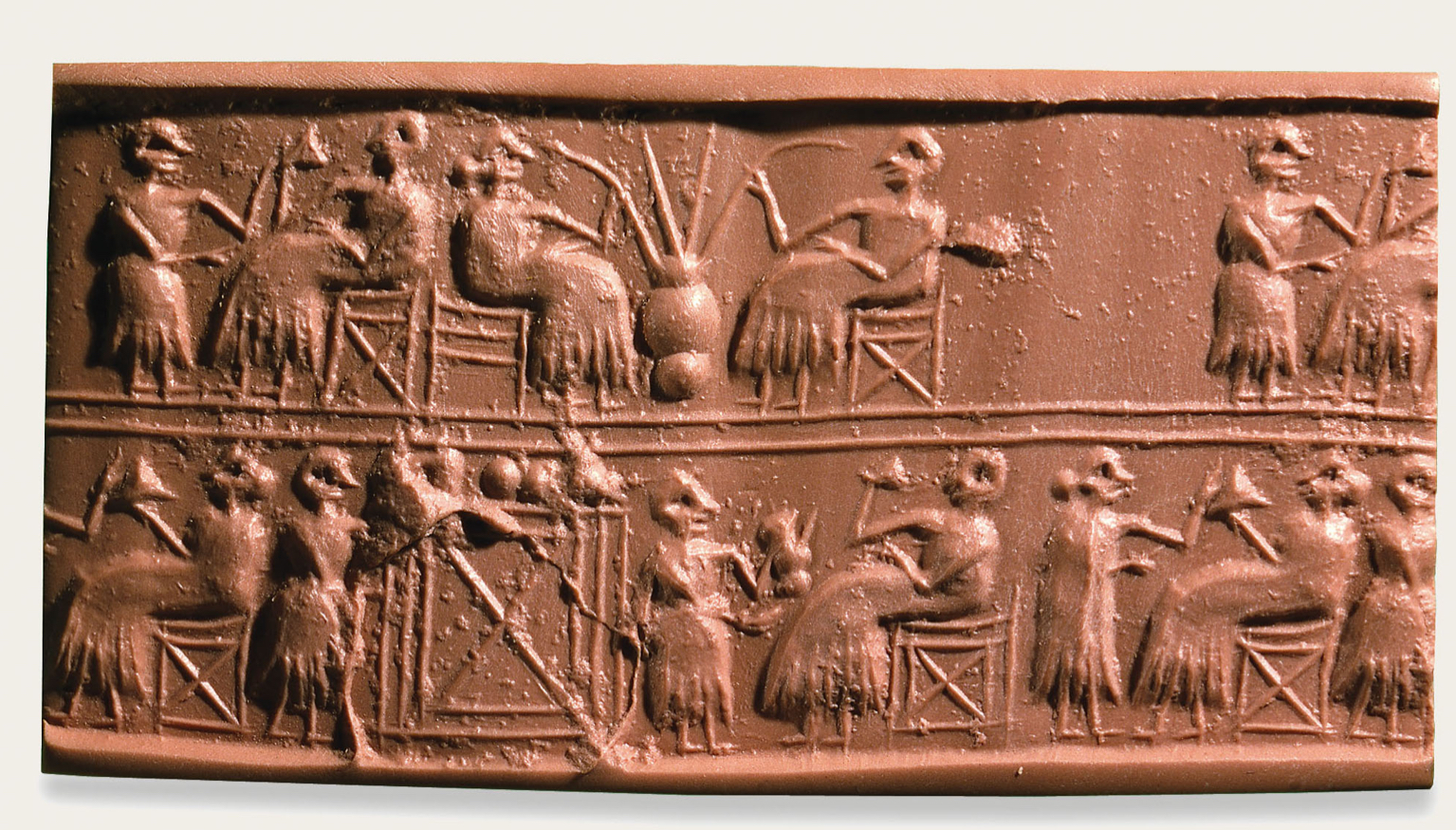
Banquet Scene
Medium: Cylinder seals
Use: Merchants wore them and used them as signatures. Also served as counting tools
and were carried around the neck.
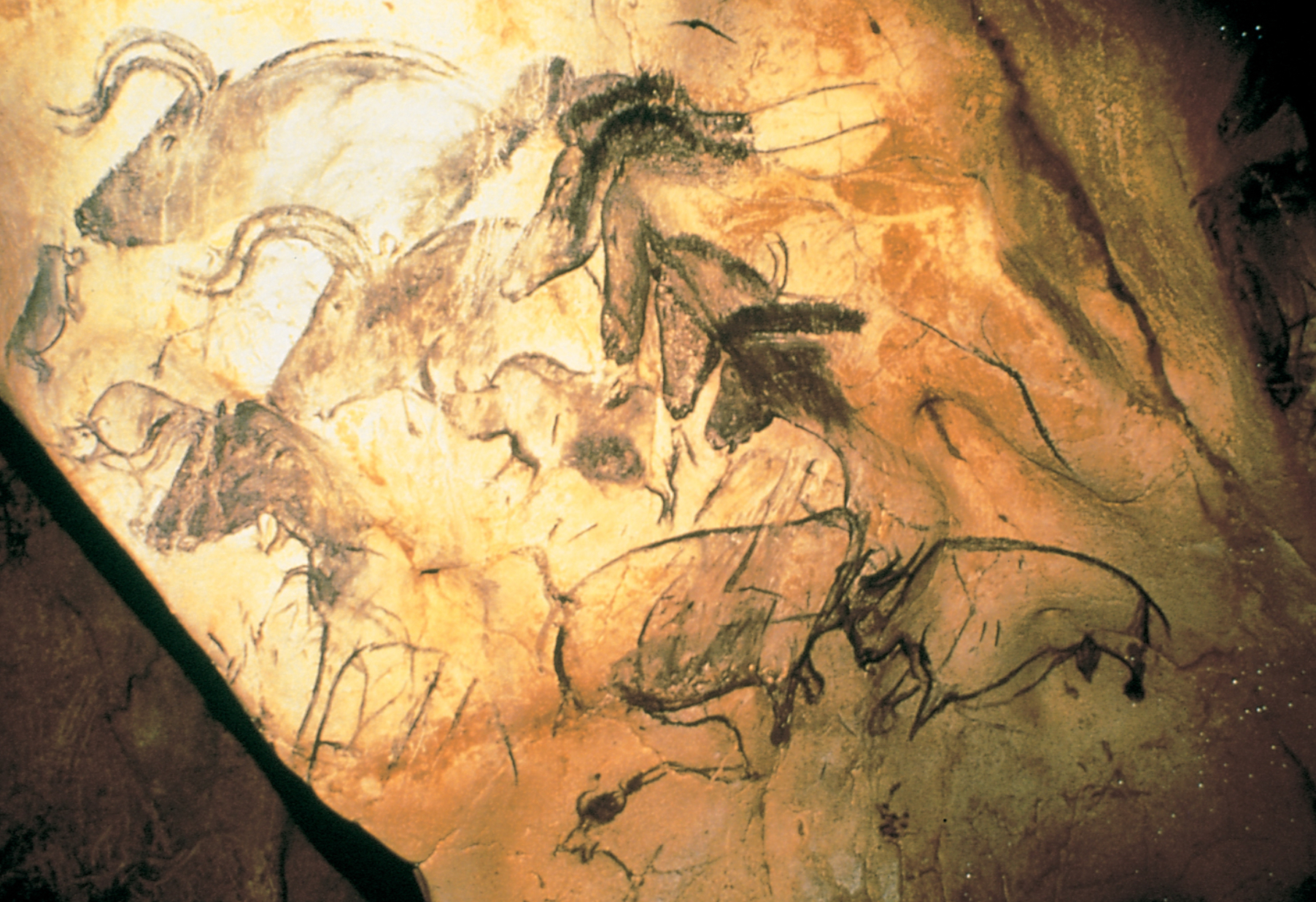
Neolithic Animal Representation
Style: Strict profile view
Purpose: Enhanced recognizability for communication and documentation.
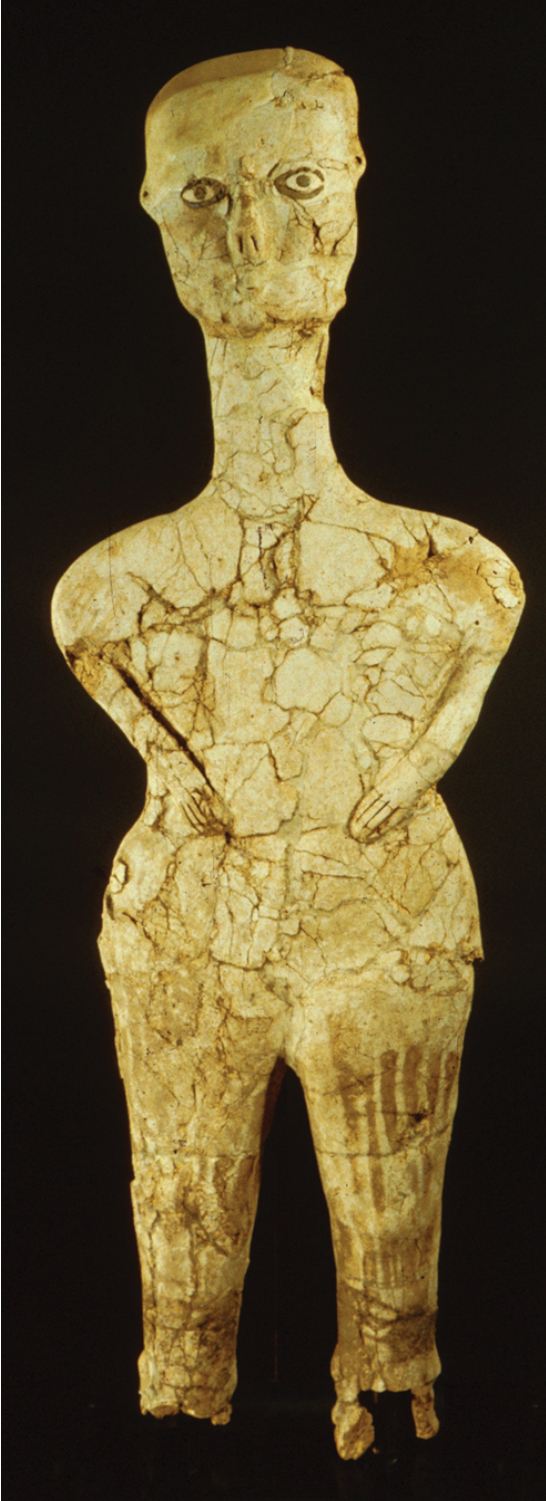
Human Figure Representation
Burial Practices: Bodies were placed under houses with plaster masks to preserve the
image of the deceased.
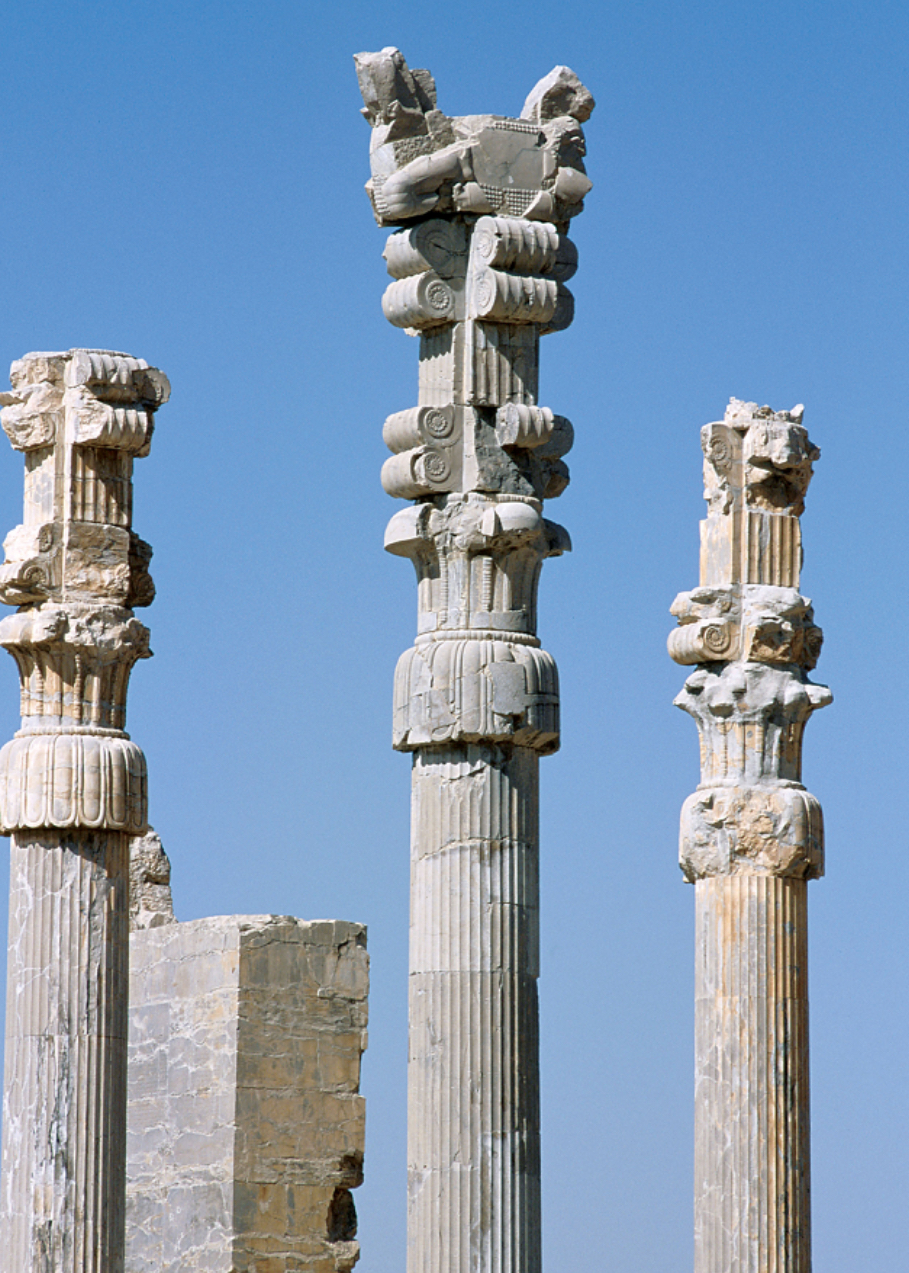
Protomes (Structure)
Animal representations on columns, denoting wealth and superior status.
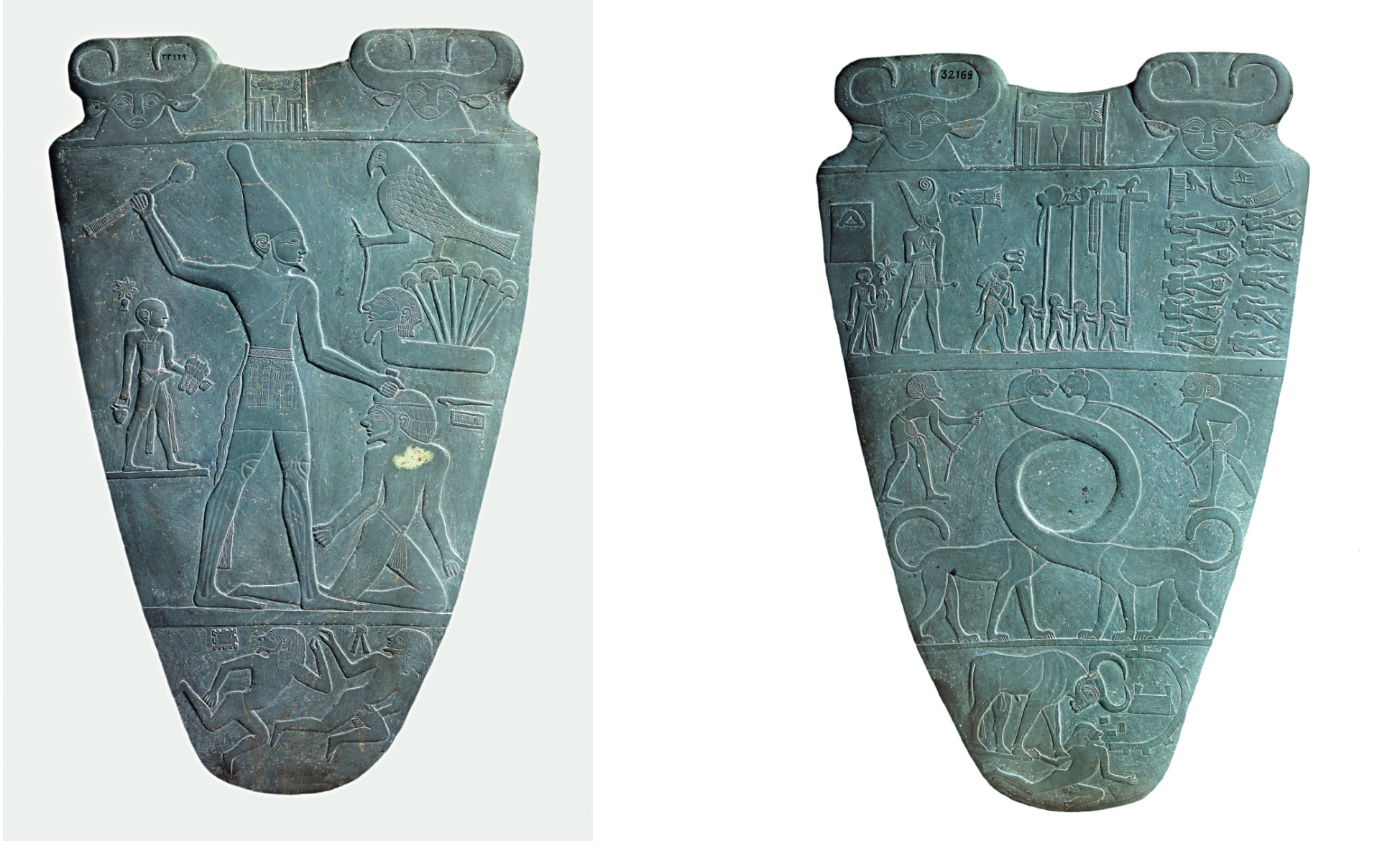
Palette of King Narmer (structure)
Used for holding makeup, depicted the ceremonial unification of Upper and Lower Egypt.
Paleolithic
Old Stone Age
Neolithic
New Stone Age
Megalith
Large stone block
Corbeled Vaulting
Technique using balanced heavy rocks to create tunnels.
Post and Lintel
Structural system used in constructions like Stonehenge.
Henge
Circle of megaliths
Bent Axis
Architectural design detail from the ancient Near East.
Registers
Horizontal levels in artworks separated by lines.
Votive Offering
Personal item offered in worship, including food or effigies in altars.
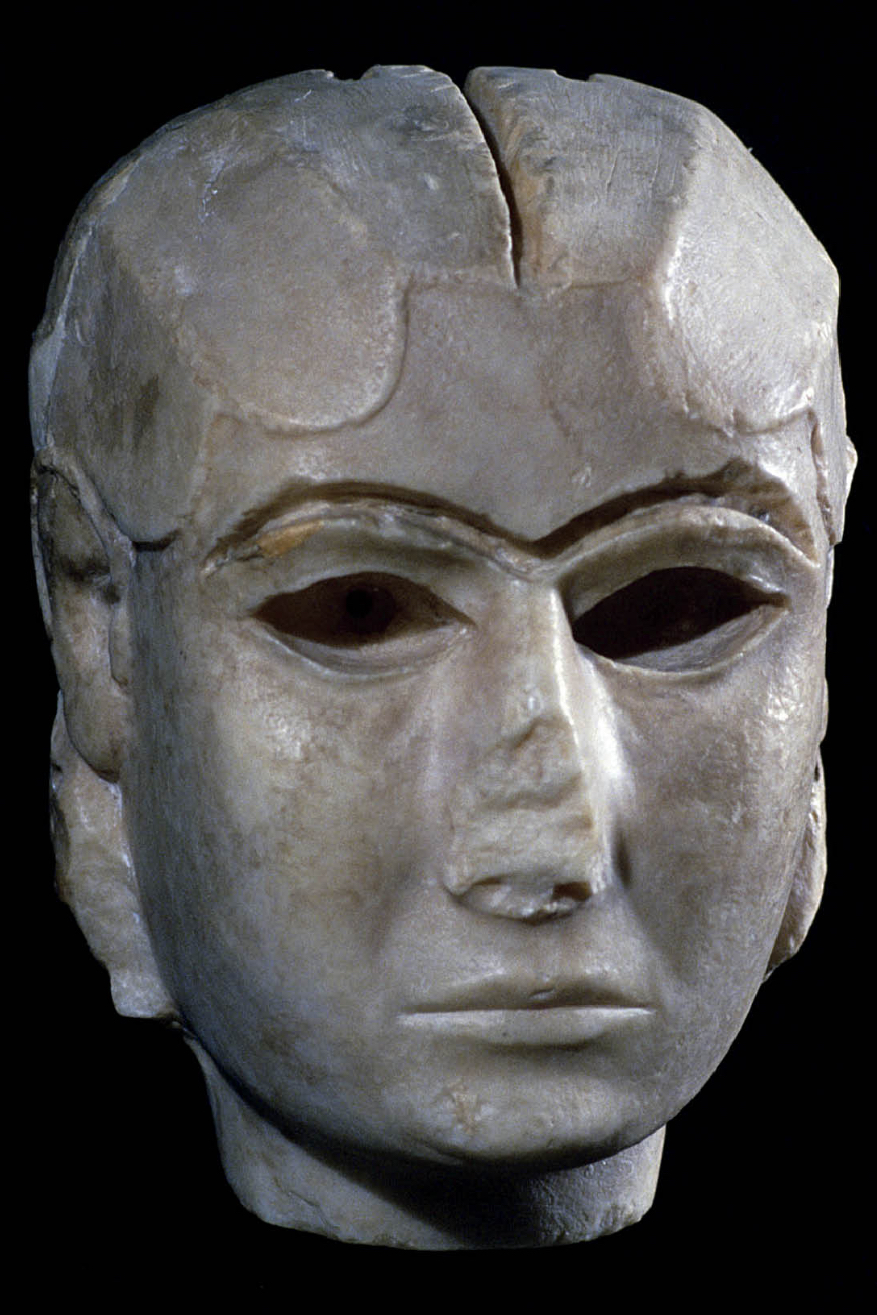
Inanna
The most worshiped goddess of love and war during the ancient east, near modern day Iraq.
Hierarchy of scale
the more important a subject is, the larger they are in scale compared to other subjects.
Ground line
a way to organize pictures in art to tell a story.
Stylus
a writing utensil that was used to mark of clay tablets.
Cuneiform
The symbols that are used in ancient writing in Mesopotamia.
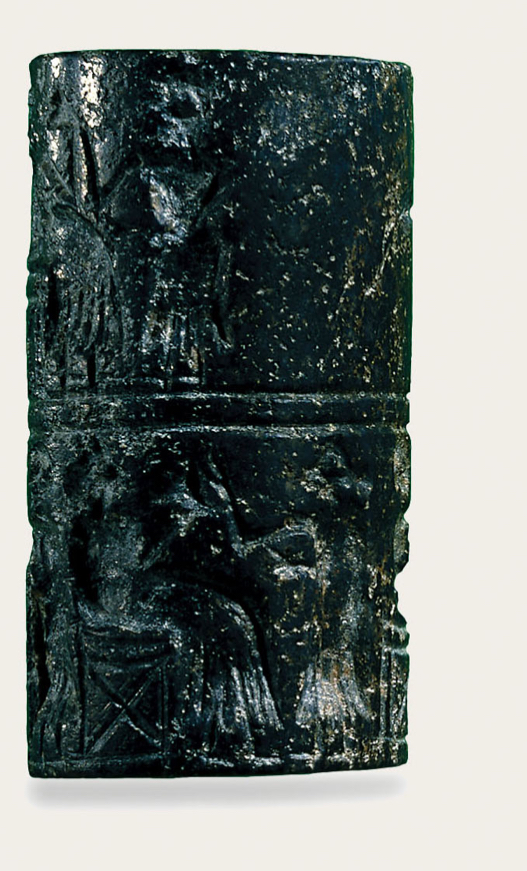
Cylinder seal
A cylinder with engravings that merchants would wear around their necks, and use as signatures and counting.
Protome
a statue of an animal's front forelegs and head, often built on the top of columns, sometimes one animal is depicted of two facing opposite sides.
Rhyton
a type of drinking vessel
Repousse
a metalworking technique that uses hammering to create a raised design on a sheet of metal.
Canopic Jars
Jars that held the organs of the deceased, so that they could be collected in the afterlife.
Mastaba
what a singular level of a pyramid is called
Imhotep
An Egyptian chancellor to the King Djoser, possible architect of Djoser's step pyramid, and high priest of the sun god Ra at Heliopolis.
Fluting
a way of creating columns
Clerestory
How a roof would be constructed so that natural light could come in during the day.
Sunken relief
When a room or wall is carved into the stone rather than built on top of.
Ka
soul of the dead inside of the heart used for the weighing ceremony.
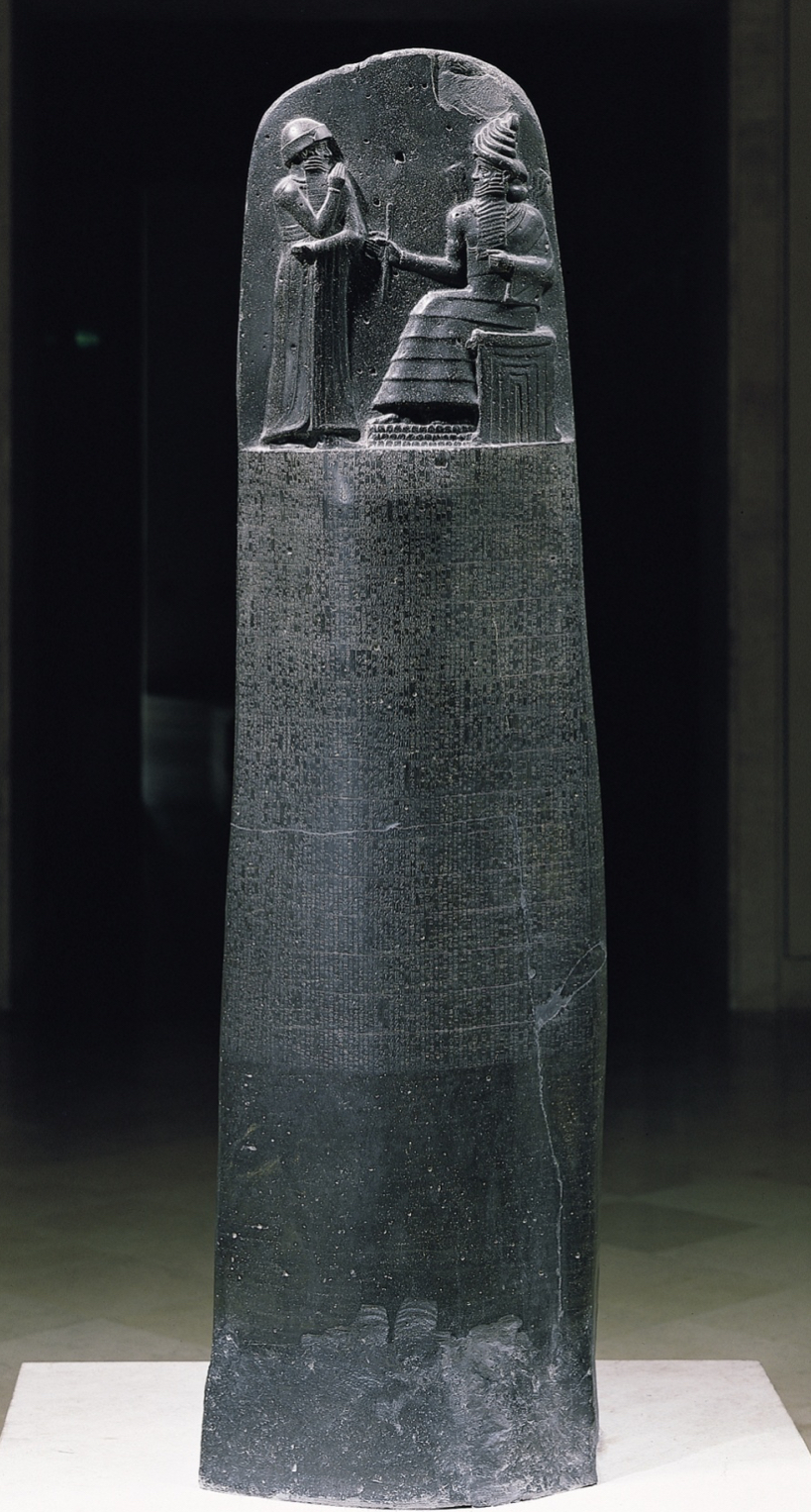
Hammurabi's Laws
Medium: Steles
Notable Laws:
"If a man puts out the eye of another man, his eye shall be put out"
"If he kills a man’s slave, he shall pay one-third of a mina"
"If a married woman dies before bearing any sons, her dowry shall be repaid to
her father, but if she gave birth to sons, the dowry shall belong to them.“
"If a man is guilty of incest with his daughter, he shall be exiled"
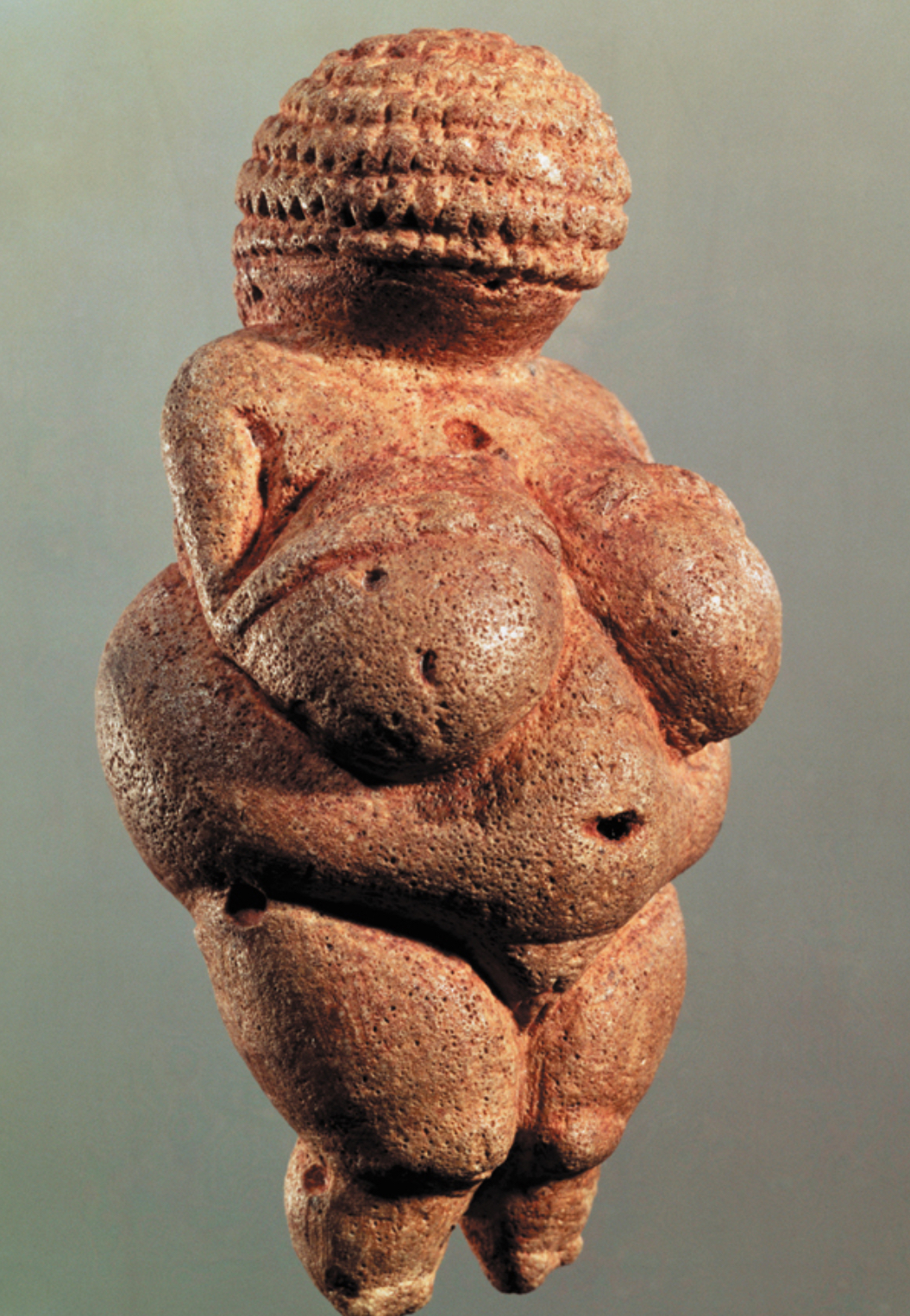
Venus of Willendorf
Artist: Predominantly male artists
Theme: Fertility, indicative of the era's focus on reproduction.
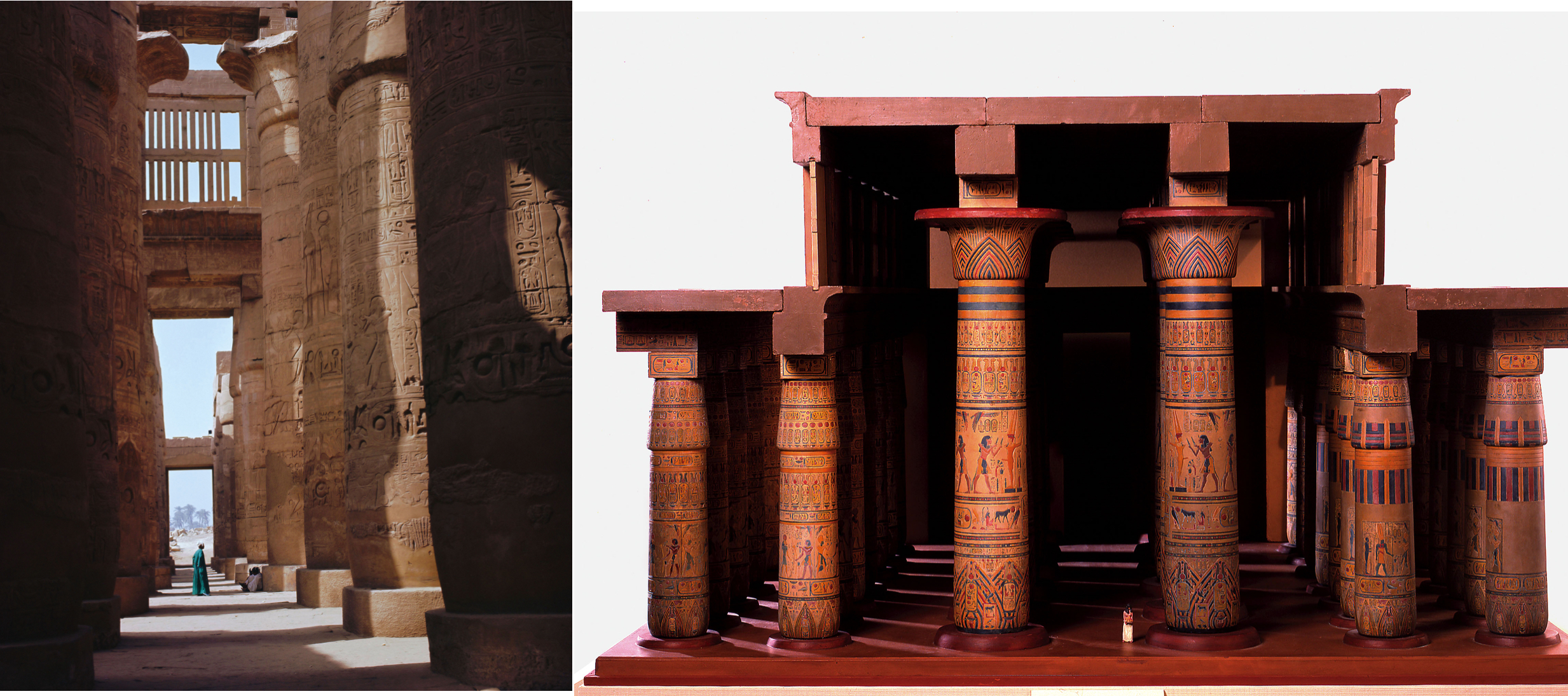
Hypostyle Hall (Egypt)
Design: Central columns taller than side columns, creating a sunken relief effect.
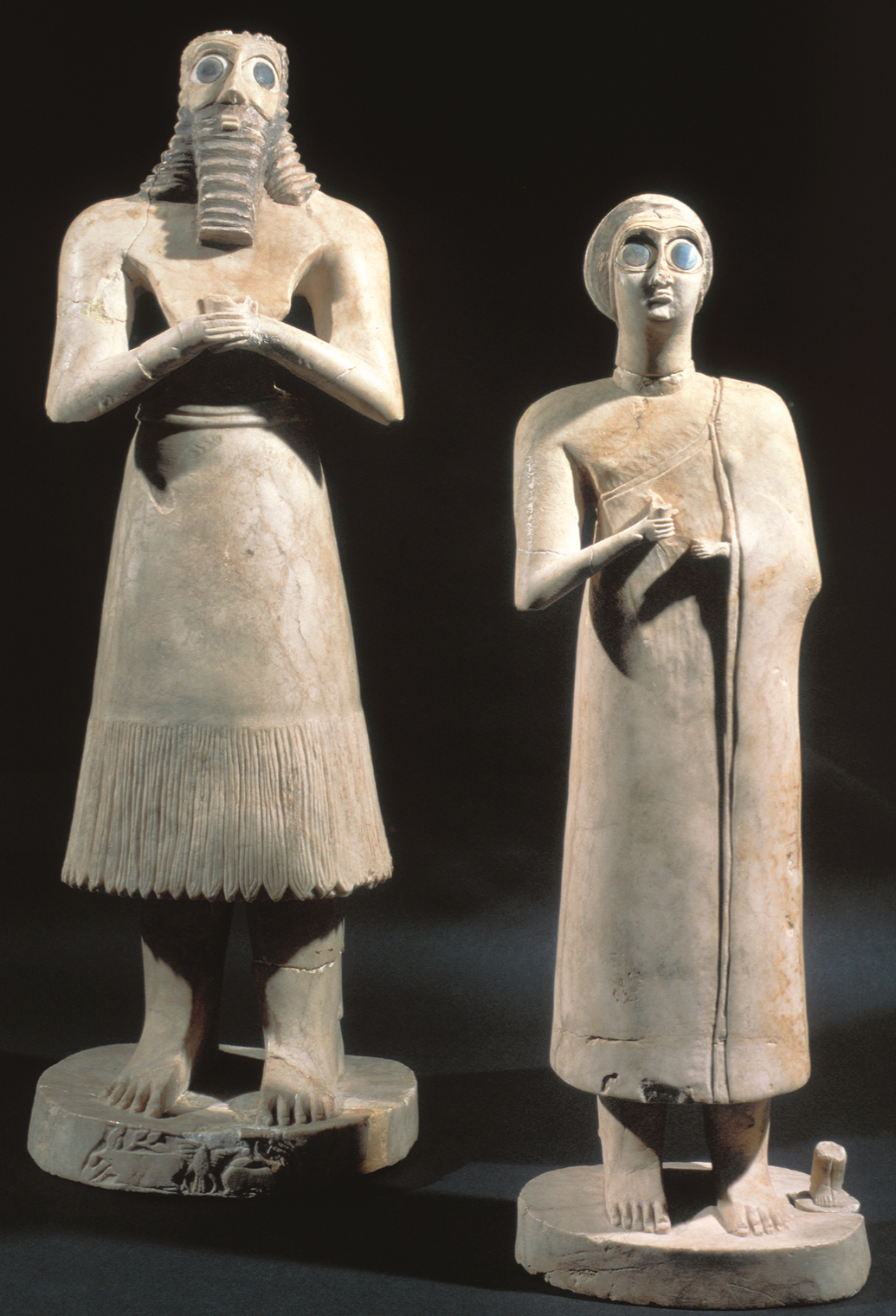
Statuettes of Two Worshipers
Purpose: Represented actual worshippers who could not always be physically present in
temples.
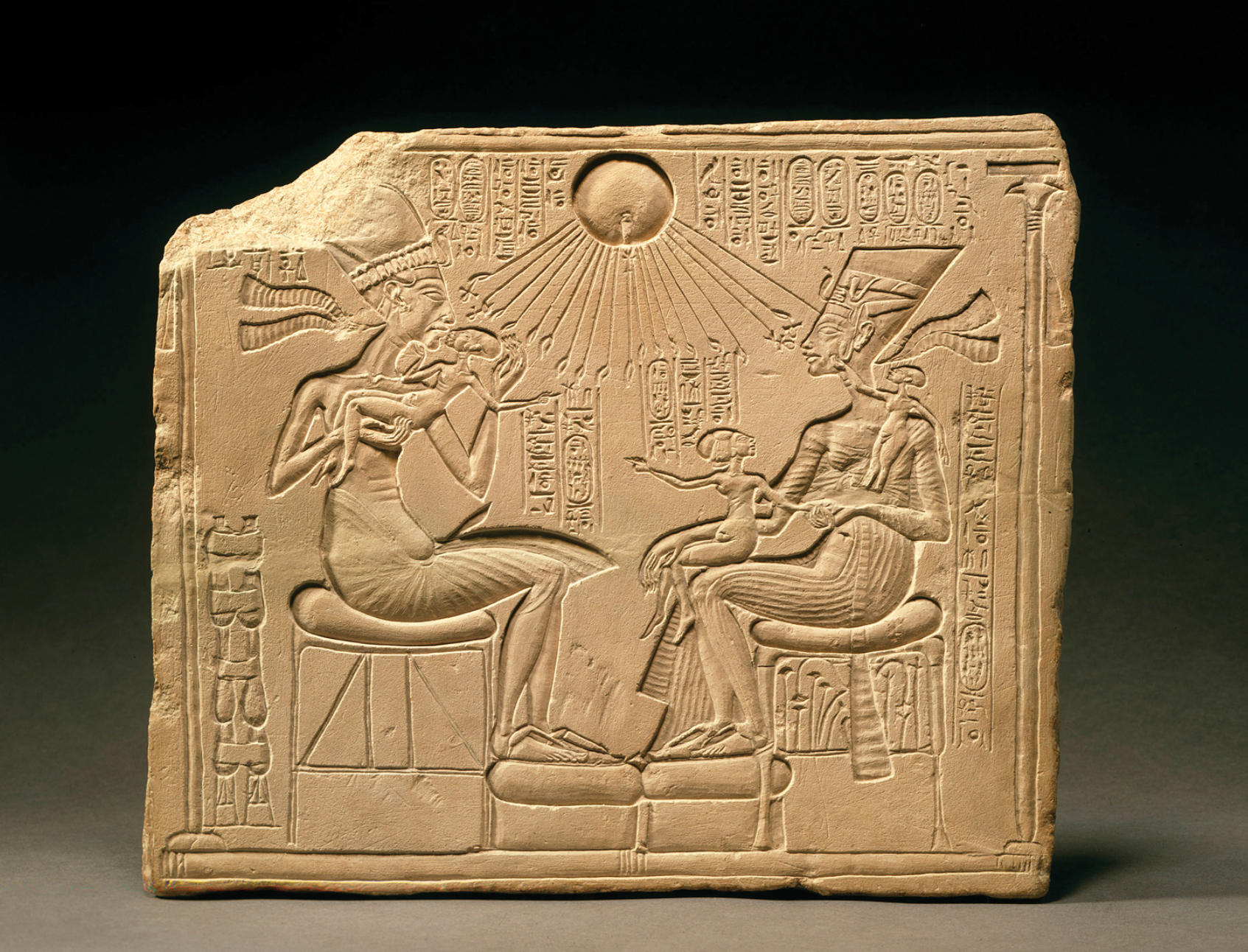
Akhenaton and Nefertiti Engraving
Features: Family depiction with no hierarchy of scale, children included, Aton
represented as a sun disc.